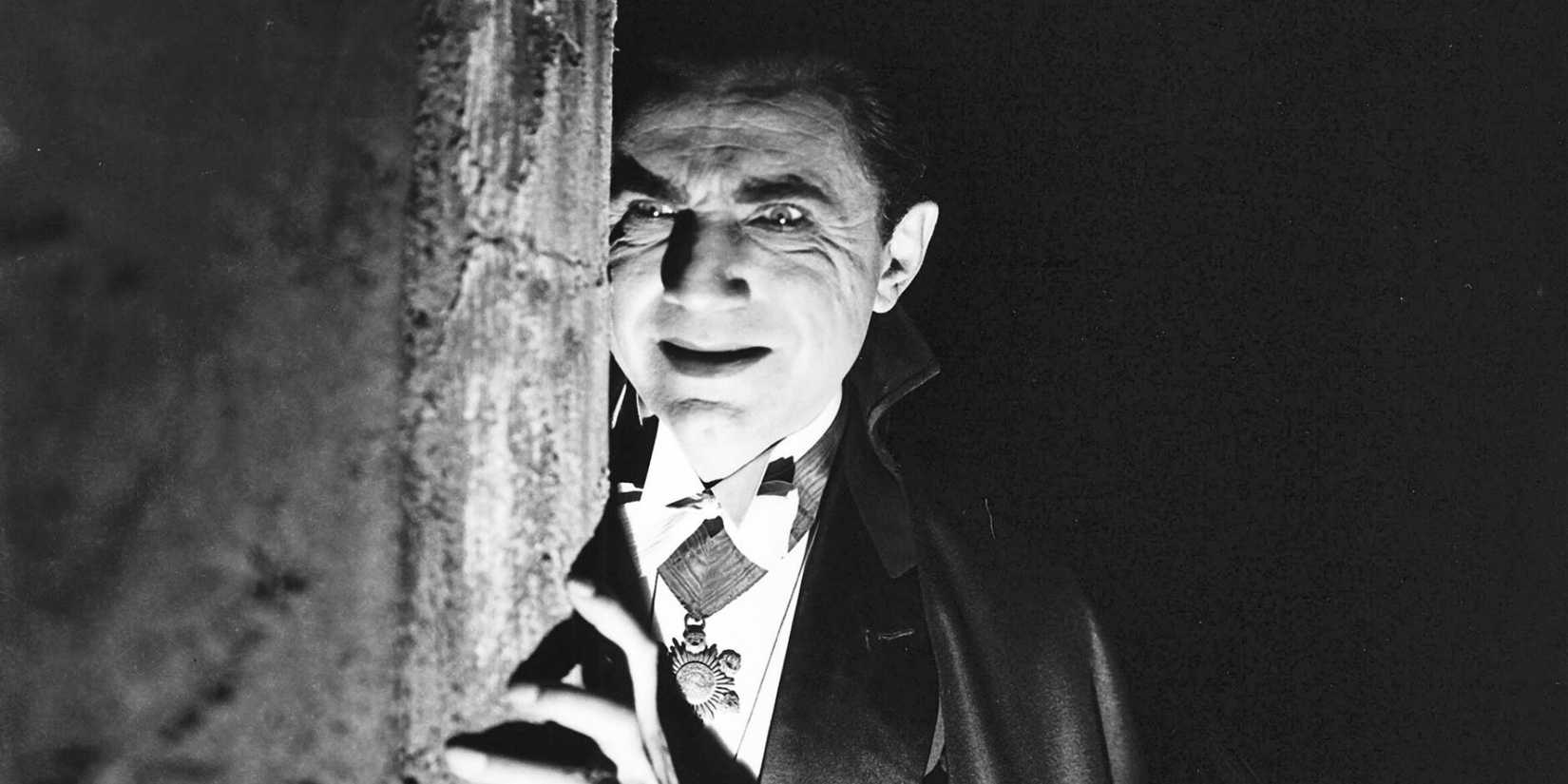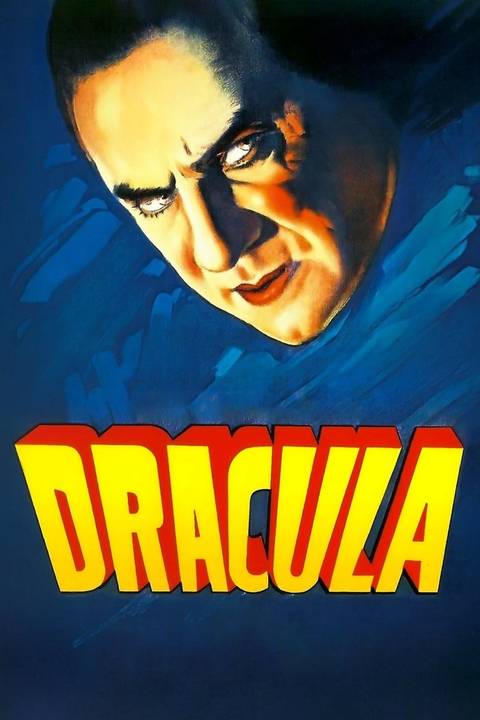[ad_1]
With Halloween right around the corner, there is no better time to revisit the classical tale of Dracula. The original vampire overlord, Count Dracula, has become a mainstay in popular culture as one of the most recognizable monsters imaginable for a reason. Whether you re-read the Bram Stoker novel or dive into the Universal or Hammer horror productions, you’re in for a treat. However, not all Dracula performances are created equal, and in the view of Hammer star Christopher Lee, the original Bela Lugosi flick — and the iconic interpretation of the titular villain therein — was nothing to write home about.
Christopher Lee Couldn’t Stand Bela Lugosi’s ‘Dracula’
In 1931, audiences watched in horror as Universal Pictures’ first on-screen adaptation of Dracula was released in cinemas. With Bela Lugosi in the title role, no one quite knew what to expect until the powerful, elegant, and memorable Count made his way onto the screen. The Hungarian actor’s thick accent, signature medallion, and captivating eyes became the hallmark image conjured in the minds of all who would hear the name “Dracula” in subsequent years, helping to establish the iconic Universal Monsters franchise as a result. “Listen to them, the children of the night, what music they make,” Lugosi’s Dracula says, adding to the mysterious allure that is the vampiric count. But despite most strongly praising Lugosi’s take on Dracula, Christopher Lee was the chief defector to popular opinion.
“Anyhow, about the Lugosi Dracula. I was so disappointed,” Lee told Leonard Wolf in an interview for his 1972 book A Dream of Dracula: In Search of the Living Dead. “I was absolutely shattered.” After waiting over a decade to watch the film, Lee recalled his disappointment at how the source material was condensed and changed for the original 1931 movie. He detested how Renfield (played by Dwight Frye) was used in certain sequences, lamented that Dracula wasn’t menacing enough, and despite finding the cinematography and set design superb, he didn’t believe it added to the horror as in the novel. “Lugosi’s hands too… He held them out stiffly, making him look like a puppet,” Lee continued. “His smile was not always sinister either…” In short, Lugosi’s Count Dracula didn’t live up to the picture of the character that Stoker’s novel invoked in Lee’s mind.
Later on, Lee elaborated further on how he believed Dracula should be understood. “With Dracula, there is something else. The loneliness of evil,” he explained. “Remember, in Stoker’s book, when he is killed, there is a look of peace on his face.” Just as Lee was quite knowledgeable regarding J.R.R. Tolkien‘s The Lord of the Rings, so too did Lee understand the subtleties and nuances of Bram Stoker’s Dracula. He knew that the titular Count, for all his evils and torments and celebrations of death, was a tragic yet corrupted creature. Sure, he gets what he deserves, and he is ultimately removed from this mortal coil, but as Mina Harker notes in the novel: “I suppose one ought to pity any thing so hunted as the Count. That is just it: this Thing is not human—not even beast.” It’s no wonder that, upon his death, she rests in the miraculous look on his face before his body evaporated to dust. This is something that Lee fully understood, something that he believed Lugosi’s interpretation ignored.
Bela Lugosi’s ‘Dracula’ Set the Standard For All Future Adaptations
But despite Lee’s objections, Lugosi’s take had been solidified as the “gold standard” of Dracula performances for decades before Lee’s own 1958 film. Though he would soon be replaced on the screen in future Universal features (at least until Abbott and Costello Meet Frankenstein), it was his thick-accented Count that would live on in pop culture infamy. Eventually, Lugosi’s work would inspire future interpretations, from comedic takes like Adam Sandler‘s animated Count in Hotel Transylvania to more dramatic, villainous ones like Nicolas Cage‘s portrayal in Renfield or Gary Oldman‘s in Bram Stoker’s Dracula. Oldman, in particular, credited Lugosi’s performance as a clear basis for his own. “He was really on to something: the way he moved, the way he sounded,” Oldman once told The Washington Post. Even the over-the-top nature of Richard Roxburgh‘s take in Van Helsing seems somewhat reflective of Lugosi’s on-screen presence, even if he refuses to indulge in straight-up imitation.
While Lee was arguably correct that Lugosi’s vampire barely resembles the one found in the original horror novel, there was something timeless and iconic about the 1931 Dracula that helped launch the tale further into the public eye. While the Dracula novel was already popular enough to be loosely adapted as Nosferatu a decade earlier (chalk-full of occult connections), not to mention the preceding stageplay on which the film was partially based, it was Lugosi’s take on the creature that sealed the undead deal. With a regal glance and a creepy figure, it’s no wonder that Lugosi was somewhat typecast following this distinct performance. While it may not have been satisfying enough for Christopher Lee, for audiences at the time, Dracula (and its Spanish-language counterpart) was a horror like they had never seen before. Well, until Lee made the role his own nearly three decades later.
Christopher Lee Reinvented Count Dracula With His 1958 Feature
Just as Lugosi’s Dracula launched Universal’s talkie monster flicks, Lee’s depiction was the benchmark for the Hammer Horror series of monster pictures. Released in 1958, Dracula (or Horror of Dracula, as it was re-titled in the U.S.), offered Lee the opportunity to make the Count as dramatic, dynamic, and visibly evil as possible. While Lugosi’s performance is certainly the most recognizable, Lee’s is the more faithful portrayal of the two. Not only is Lee’s Dracula a “nobleman,” in the actor’s own words, but he is also quite sensual, balancing his evil impulses with an outward attraction that drew others, namely women, to him. Lee had no qualms about making the character his own across several Hammer pictures between 1958 and 1973’s The Satanic Rites of Dracula. While the British horror series would conclude with The Legend of 7 Golden Vampires, Lee stepped out of the role in the penultimate chapter, believing that “they’re running out of ways of bringing him back to life.”
Lee’s film has been rightly praised by many, and his more sinister take on the vampire has been considered by both hard-core and casual Dracula fans alike to be the best of the bunch. It doesn’t hurt that, in terms of the sheer number of performances, Lee played the character in the most films, with nine total features, including two non-Hammer pictures, 1970’s Count Dracula and 1976’s Dracula and Son. To say that Christopher Lee was passionate about Count Dracula would be an understatement, even if Bela Lugosi’s performance truly does rival his own.
[ad_2]



